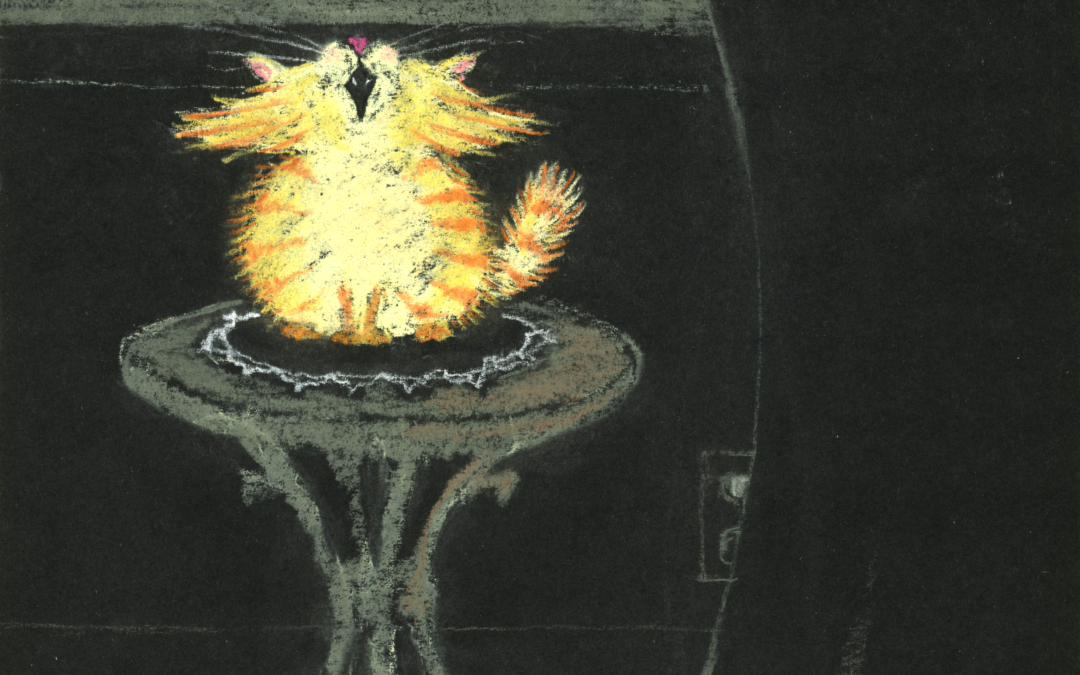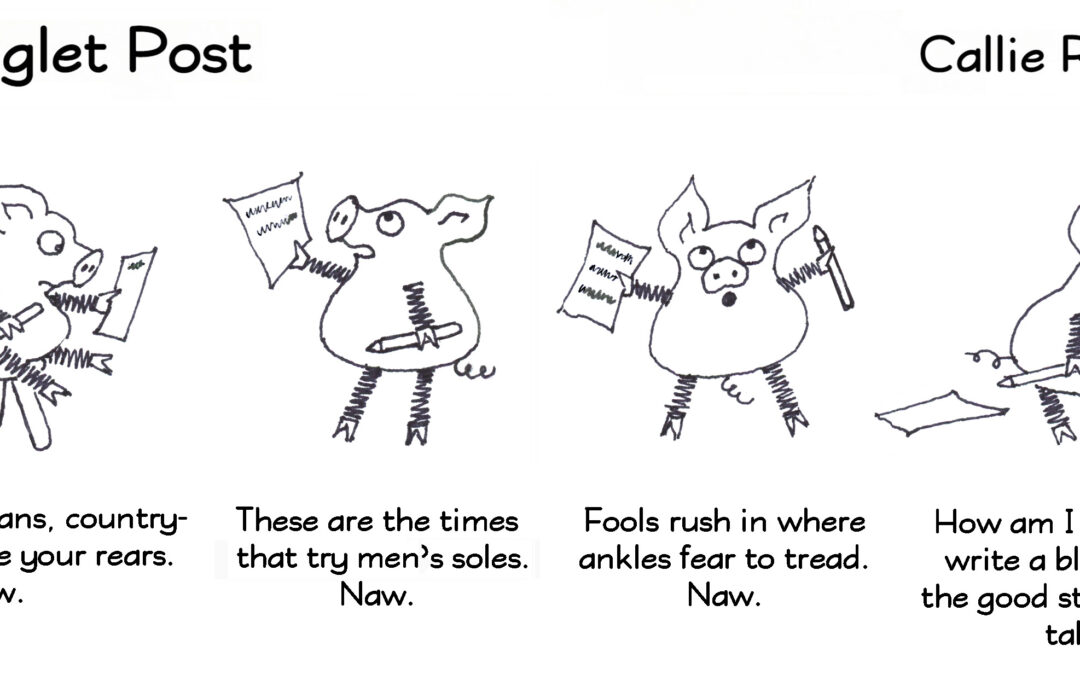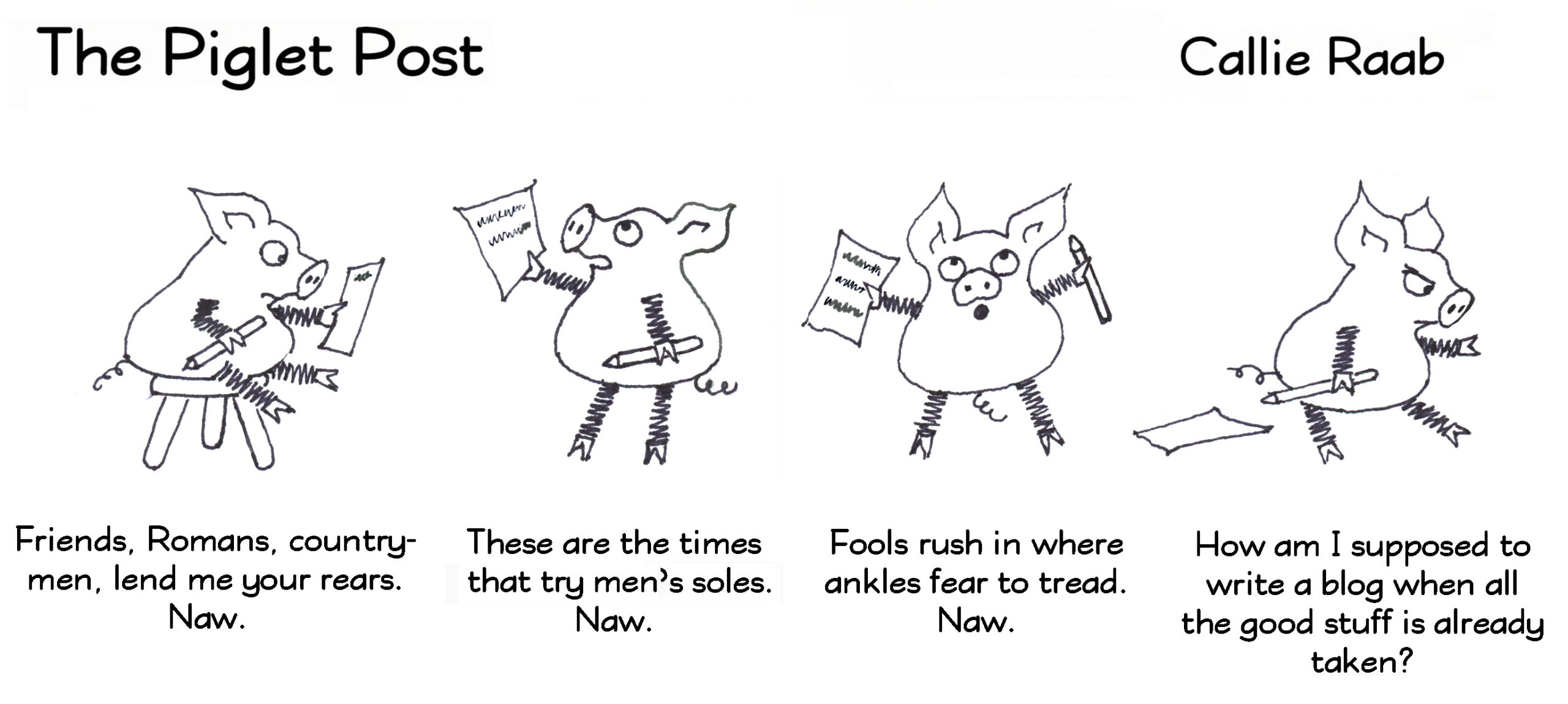
THE LAST TO KNOW
THE LAST TO KNOW
Yesterday when I headed out for my swim at the Richmond Plunge, I discovered two big trucks parked in the driveway blocking my exit. I’d already seen a third large truck parked out back and wondered how I was going to maneuver my car around it. Big changes are happening around here, but before I go into all that, let me tell you how it used to be. In A Patchwork Memoir I wrote:
It’s nearly midnight, and Ella and I are watching a “Beevis and Butthead” sketch on Saturday Night Live, our mouths strenuously agape. Miserly with her unwaxed, Ella is trying to wedge a length of dental floss so short she can hardly get a grip on it between two particularly tight molars. I, prodigal with my cinnamon waxed, am unspooling a great hunk from around my middle fingers as I go while my fingertips turn blue.
Since I’ve got a redhead’s temper (though I try to keep it under wraps) and Ella is absent-minded, I suggest we call ourselves “Peevis and Puffhead.” “But I get mad too,” she protests. “OK. How about ‘Peevis and Puff Adder?’” I amend.
“Nurch,” we say synchronously (which has evolved, in the unaccountable way language does, from “Buenas noches”) as we head for our respective beds.
In the middle of the night I’m awakened by voices outside my window. I peek around the drapes behind the head of my bed and see a small U-Haul truck in the driveway—and three unfamiliar people. It occurs to me that they may mean to rob us, but I’m too tired to bother about it. I put in my foam earplugs so their voices won’t disturb me…and go back to sleep, figuring if they try to steal my mattress, I’ll feel it.
In the morning Ella tells me new neighbors moved into apartment number three in the dead of night. All the apartments around us have stood empty—well, mostly—for years, except for Gina’s across the hall. I say, “mostly,” because our landlord occasionally inhabits one on the rare occasions he comes to town. “Oh no!” I groan. “No more privacy!” Jobie and I won’t be able to whoop and snort and caterwaul when we do our sounding. And Ella and I won’t be able to sing our mock operatic duets, as stridently off-key as we possibly can. The walls are so thin, when Ella put up a knickknack shelf years ago, the nail went right through the wall and skewered the tampax box in the neighbor’s medicine cabinet.
Whenever our landlord shows up, we know he’s hatching a plot—and that whatever it is, we’ll be the last to know. One summer morning a couple of years ago, I was sitting drawing in a scanty nightgown, with the back door open so what breeze there was could waft in. Suddenly, I saw through the window a burly man climbing our fire escape and swinging his leg over the railing of our small deck. I hurled myself at the back door—and slammed it and locked it in his face.
“We’re the something-or-others!” he cried in broken English.
“Get off my deck!” I threatened through the door.
“But we’re the something-or-others!” he cried again.
“GET OFF MY DECK!” I howled.
So he did.
Soon I heard sounds suggesting that somebodies were painting the exterior of our building. But I didn’t venture out till they took their lunch break. Then I saw they’d spattered white paint over all the flowering bushes and plants in my deck garden. What he’d wanted to do, it dawned on me belatedly, was cover my garden with a tarp.





